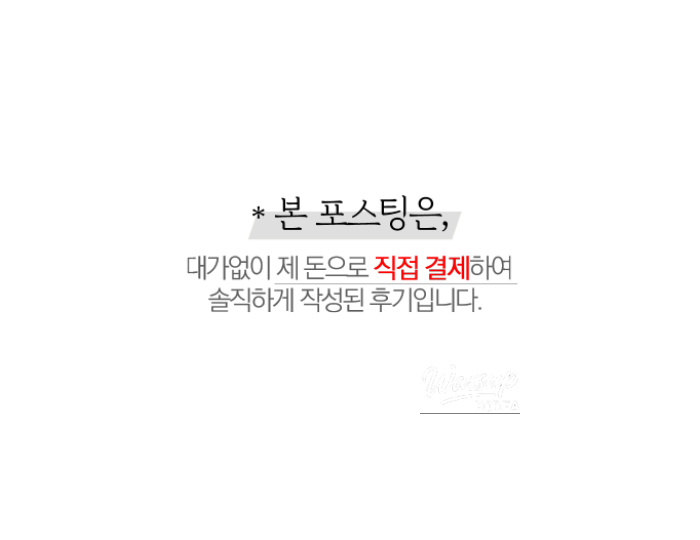A Visit to Golgulsa Temple: History, Nature, and a Glimpse of Vanishing Wildlife

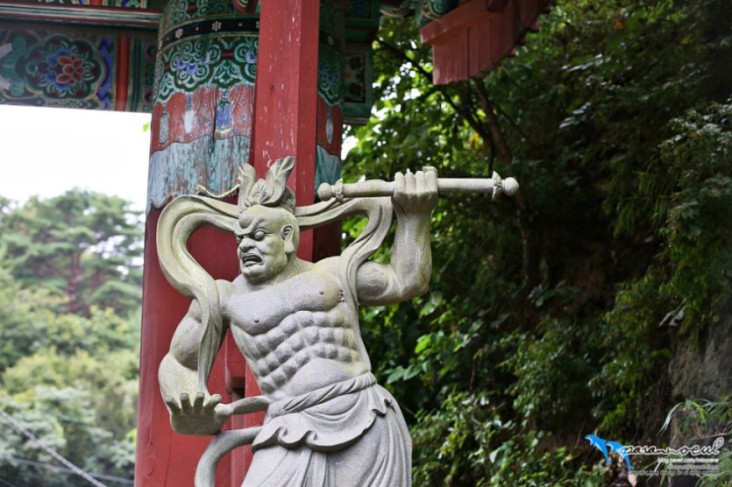
2025.09.09
Golgulsa Temple, located in Gyeongju, is nestled in Munmu-daewang-myeon, an area known for the Royal Tomb of King Munmu on the East Sea and columnar joints along the coast. Situated beyond the borders of Gyeongju near Mt. Tohamsan, accessing the temple requires a lengthy bus ride with infrequent service and a significant travel time from either Gyeongju Station or the bus terminal.
I had already learned of Golgulsa through past documentaries and entertainment shows. After transferring buses, I walked approximately 2 kilometers to reach the entrance of the temple. A sign prohibited entry to vehicles other than those for the disabled, yet vehicles belonging to monks were allowed. It would have been better if they had just included 'related personnel' in the sign. The red compact car sometimes obstructed the view while taking photos. However, unlike other temples, it seemed to provide accessible facilities for the disabled, which was nice. Walking uphill past buildings for temple stays and Sunmudo training, I encountered cliffside hermitages with tafoni formed on the tuff rock faces.
I wondered about the status of the person, whether monk, government worker or slave who carved the Buddha image (Treasure No. 581) into the cliffside. It was a fascinating artistic effort, even if the person was not an insider to the Buddhist faith. The flame patterns in the aureola were particularly impressive.
Golgulsa Temple is located within both the Gyeongju National Park Tohamsan district and the Gyeongbuk East Sea Geopark, as well as being designated as a UNESCO Global Geopark. Climbing the cliffs, I spotted unfamiliar succulents, eventually identifying them as Orostachys japonica (Wa Song) after seeing more mature specimens. Morning glories were growing below the cliffs; I imagined how beautiful they would be in bloom. I also saw Pinellia ternata (Banha) again today, as it is a common sight in the area.
While looking over the Geopark information, I decided to walk the East Sea Geopark trails and the Haeparang Trail. This decision was made possible by the opening of the Donghae Line. I plan to walk from Ulsan to Uljin, covering the area in detail.
Although there was a Sunmudo performance scheduled for 3 PM, I decided to skip it this time and look forward to seeing it another time. On the way down, I saw a young chipmunk for the first time in three years. Chipmunks seem to be endangered. Many are likely hunted by stray cats, pushing them towards extinction. While weasels and otters are natural predators, their own endangered status has probably not contributed significantly to the decline in chipmunk populations. Of course, the contribution of humans, who capture and export them as pets, is nothing to be proud of.
The left side of the temple gate was covered in kudzu vines. It didn't appear that the monks were actively managing the temple grounds.
The Four Heavenly Kings statues looked somewhat friendly.
I noticed Sedum sarmentosum (stonecrop); I enjoy stonecrop bibimbap and Ixeris dentata (Wang Godeulppaegi) bibimbap.
Oxalis corniculata (Creeping woodsorrel) was visible.
The mystical tuff and weathering were fascinating.
Yeogung (female palace), along with the lingam stone (male organ) below, appeared to be a space for shamanistic beliefs, possibly used to conceive Seol Chong and N.
I usually don't take photos inside temples, but I made an exception for the grotto temples.
I was curious about this succulent.
The succulent was Orostachys japonica (Wa Song).
Even that small pond probably holds more life than the stars in the universe.
Now I can recognize hip-and-gable roofs.
I saw the lingam stone. It seems Buddhism won over the local shamanistic beliefs.
A patch of morning glories.
Pinellia ternata (Banha)
On the way down, I saw a chipmunk with something in its mouth.
This is the first chipmunk I've seen this year, and the first in three years.
Pot-bellied monk (Budai) and Dong-A Bosal (the Winter Buddha), the monk seems happy to have a friend.


More images from the trip:






















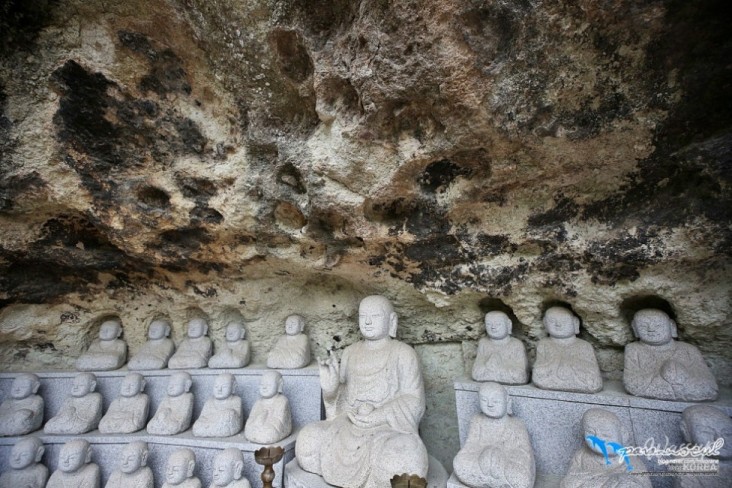

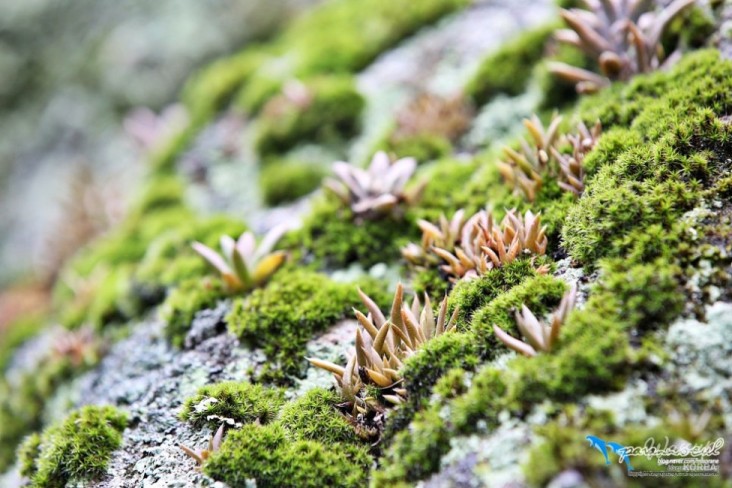

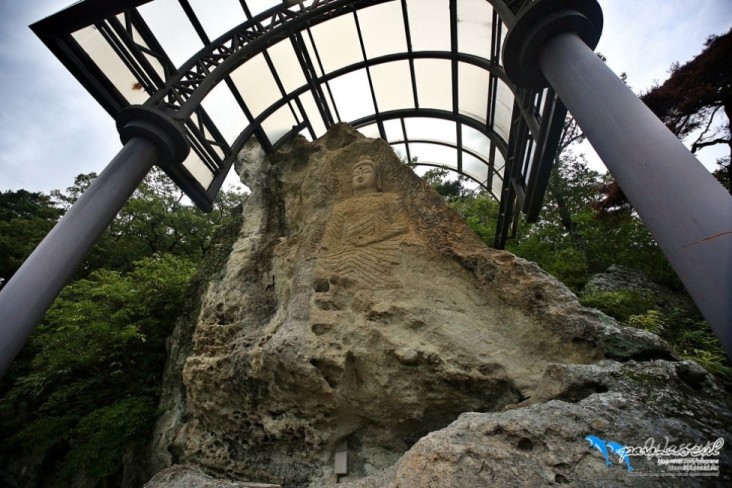

















No comments yet.




